
Beckenried is a municipality in the canton of Nidwalden in Switzerland.
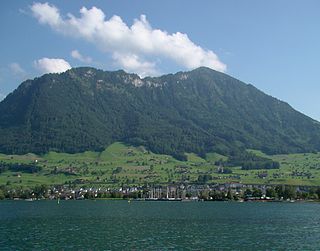
Buochs is a municipality in the canton of Nidwalden in Switzerland.

Stansstad is a municipality in the canton of Nidwalden in Switzerland.

Wolfenschiessen is a village and municipality in the canton of Nidwalden in Switzerland. Besides the village of Wolfenschiessen itself, the municipality includes the settlements of Altzellen, Büren ob dem Bach, Dörfli, and Oberrickenbach, together with a large area of high alpine land, mountains, lakes, and glaciers.

Reute is a municipality in the canton of Appenzell Ausserrhoden in Switzerland.
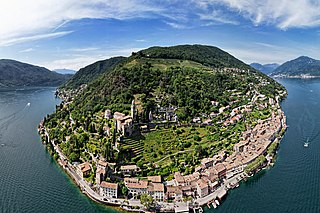
Morcote is a municipality in the Swiss canton of Ticino situated about 10 kilometres from Lugano in the district of Lugano on the shore of Lake Lugano.

Küssnacht am Rigi is a village and a district and a municipality in the canton of Schwyz in Switzerland. The municipality consists of three villages Küssnacht, Immensee, and Merlischachen, the hamlet Haltikon, the industrial area Fänn, and the alp Seeboden. It is situated at the north shore of Lake Lucerne and at the south shore of Lake Zug below mount Rigi.

Klosters is a Swiss village in the Prättigau, politically part of the municipality of Klosters-Serneus, which belongs to the political district Prättigau/Davos in the canton of Graubünden. In 2021, the municipality shortened its name to Klosters. Klosters itself consists of the two main parts Klosters Dorf ('Village') and Kloster Platz ('Place'), and the settlements Selfranga, Äuja, Monbiel. Together with neighbouring Serneus, the two villages form the former municipality of Klosters-Serneus. On 1 January 2016, the former municipality of Saas im Prättigau merged into Klosters-Serneus.

Tannay is a municipality in the district of Nyon in the canton of Vaud in Switzerland.

Madulain is a municipality in the Maloja Region in the Swiss canton of Graubünden.

Falera is a municipality in the Surselva Region in the Swiss canton of Graubünden.

Churwalden is a municipality in the Plessur Region in the canton of Graubünden in Switzerland. It incorporates the former municipalities of Malix and Parpan.

Visperterminen is a municipality in the district of Visp in the canton of Valais in Switzerland.
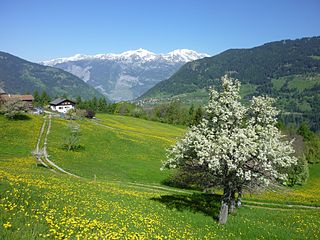
Maladers is a former municipality in the Plessur Region in the canton of Graubünden in Switzerland. On 1 January 2020 the former municipality of Maladers merged into Chur.

Casti-Wergenstein or Casti-Vargistagn is a former municipality in the Viamala Region in the Swiss canton of Graubünden. On 1 January 2021 the former municipalities of Casti-Wergenstein, Donat, Lohn and Mathon merged to form the new municipality of Muntogna da Schons.

Sils im Domleschg is a municipality in the Viamala Region in the Swiss canton of Graubünden.
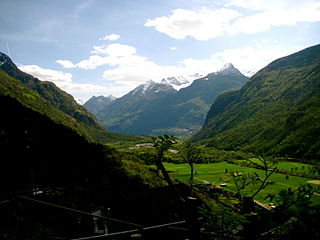
Serravalle is a municipality in the district of Blenio in the canton of Ticino in Switzerland. It was formed on 1 April 2012 by the merger of the former municipalities of Malvaglia, Semione and Ludiano.
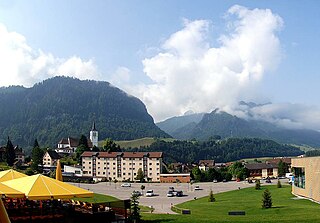
Val-de-Charmey is a municipality in the district of Gruyère in the canton of Fribourg in Switzerland. On 1 January 2014 the former municipalities of Cerniat and Charmey merged into the municipality of Val-de-Charmey.
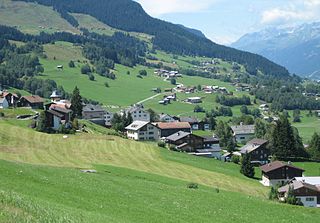
Obersaxen Mundaun is a municipality in the Surselva Region in the Swiss canton of Graubünden. On 1 January 2016 the former municipalities of Obersaxen and Mundaun merged to form the new municipality of Obersaxen Mundaun.
There are 26 constituencies in Switzerland – one for each of the 26 cantons of Switzerland – for the election of the National Council and the Council of States.

























